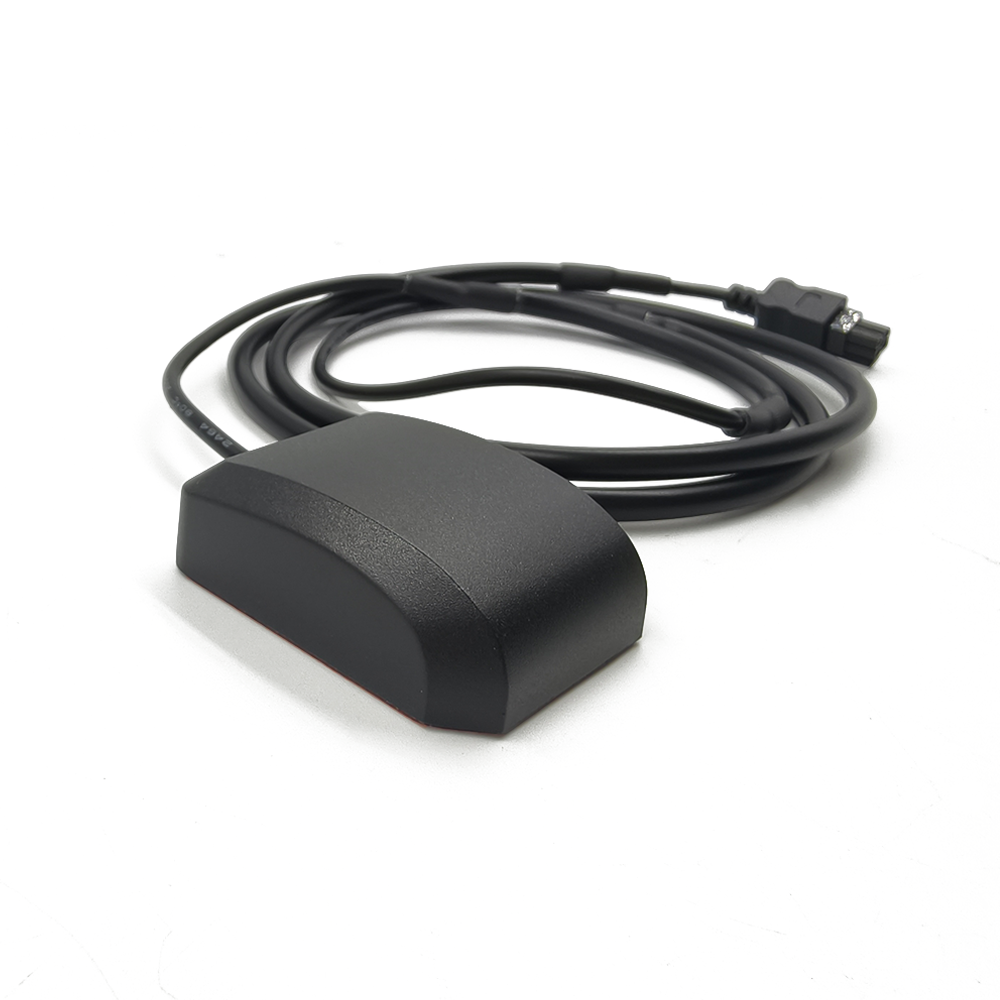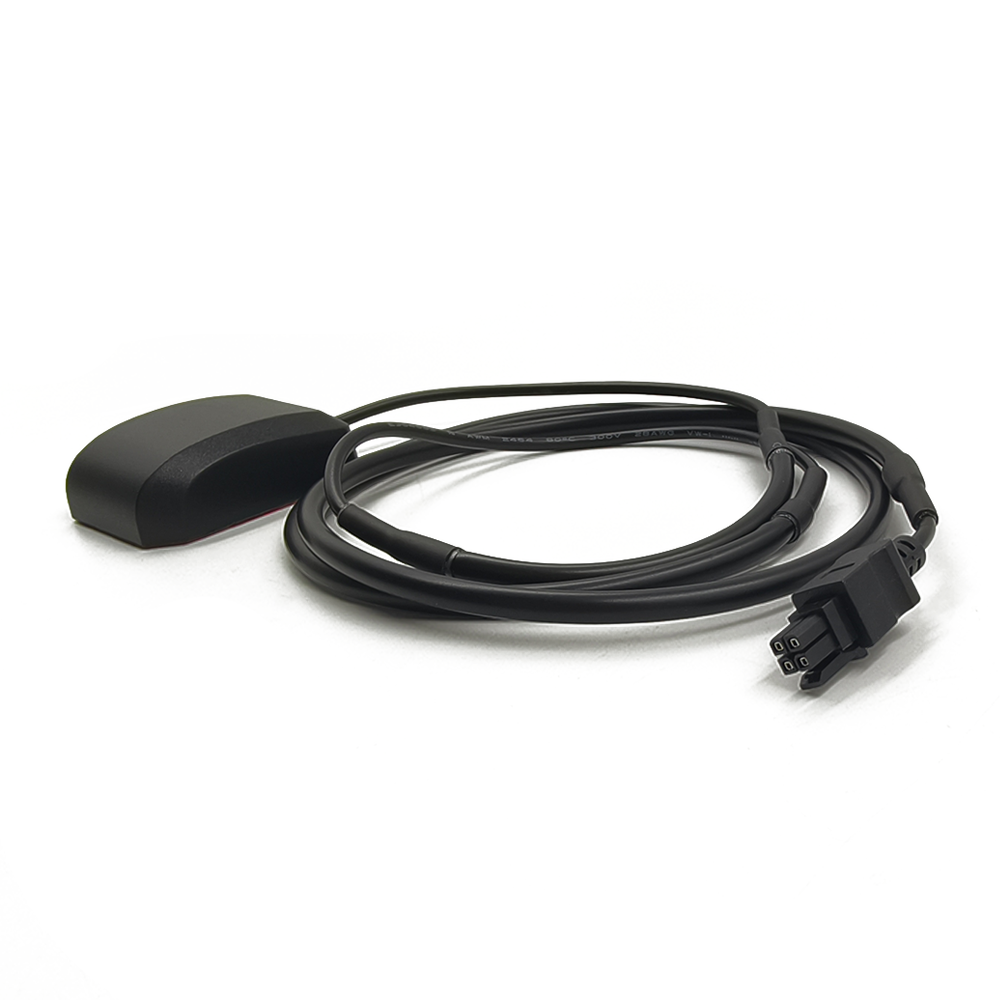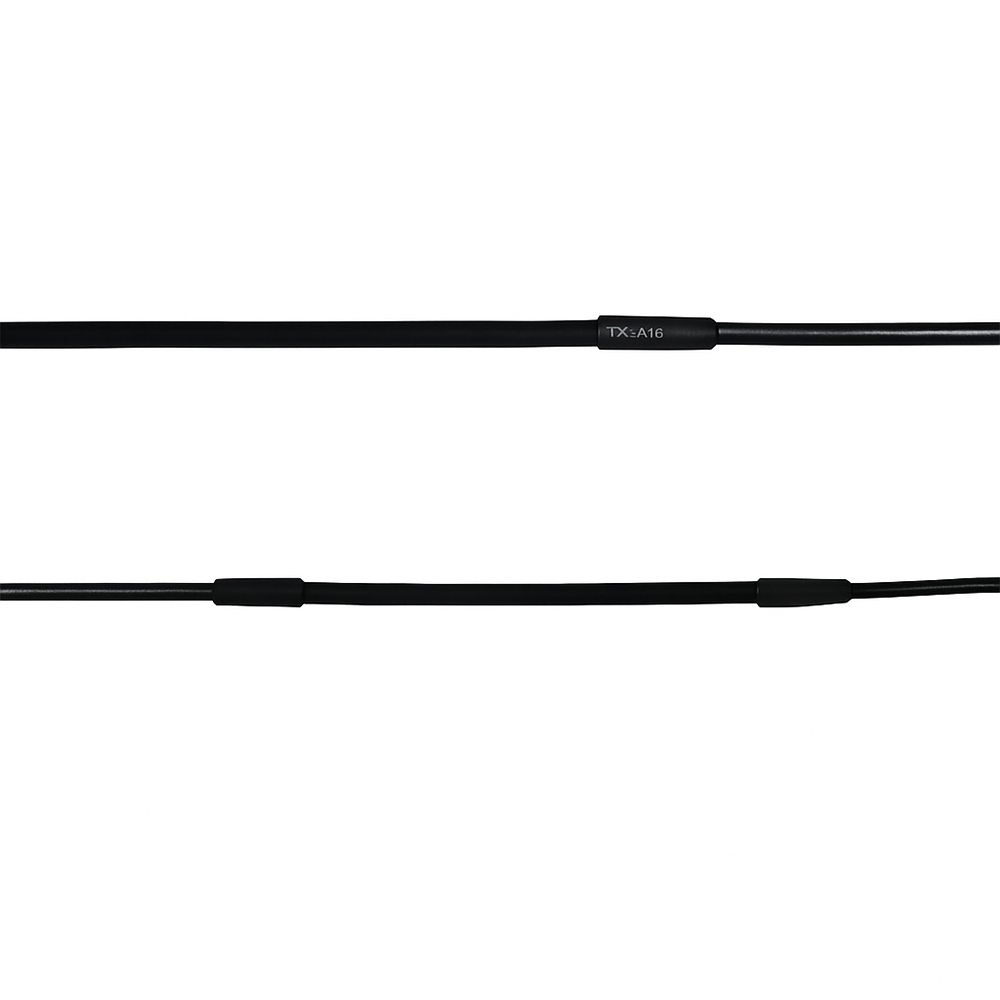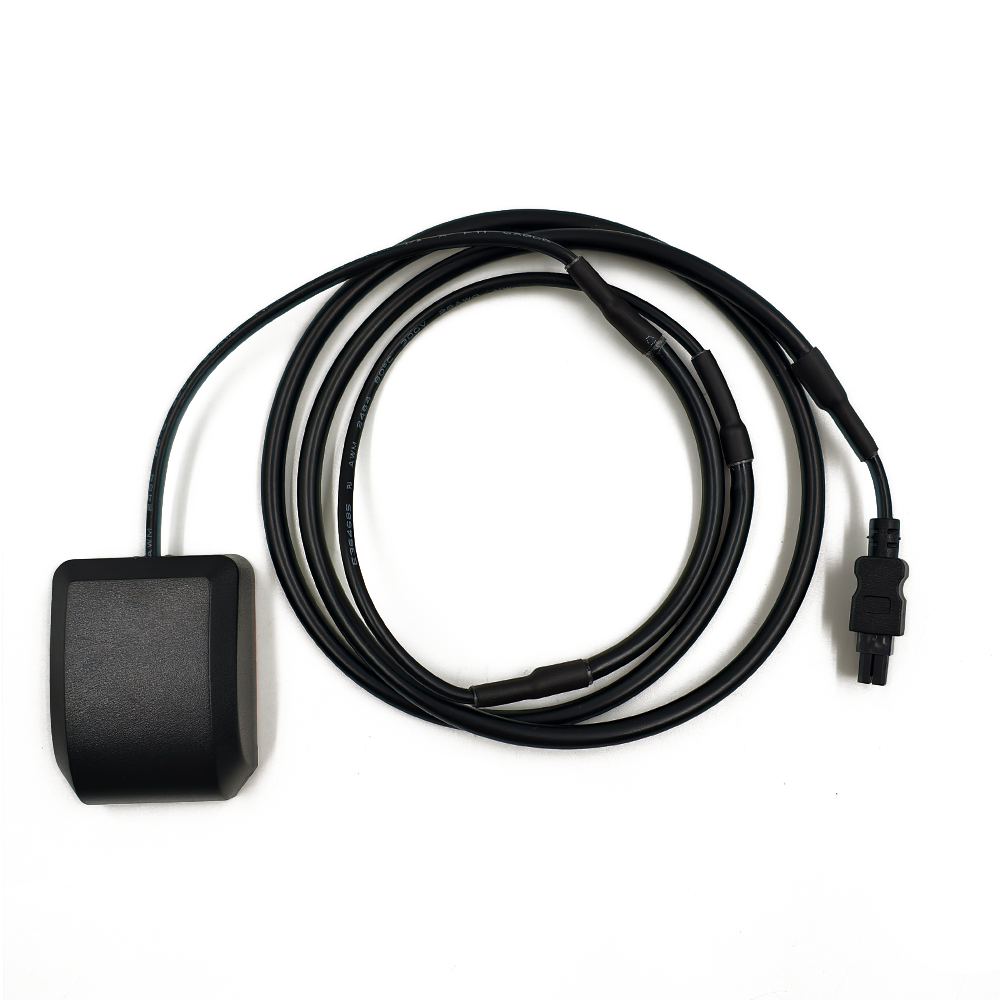The unique capabilities of rugged GNSS antennas have unlocked a vast spectrum of applications that form the backbone of modern industry, science, and security. Furthermore, the field is dynamic, with several key trends shaping the future of antenna technology to meet the demands of emerging use cases.
Core Applications:
Geospatial and Surveying: This is the traditional home of high-precision GNSS. Rugged antennas, often paired with choke rings, are used on base stations and rover units to achieve centimeter-to-millimeter accuracy for cadastral mapping, construction site preparation, topographic surveys, and monitoring structural deformation of dams and bridges.
Agriculture (Precision Ag): Autonomous and semi-autonomous tractors and harvesters rely on rugged antennas for real-time kinematic (RTK) positioning to guide them with centimeter accuracy. This enables practices like variable rate application of seeds, fertilizer, and pesticides, maximizing yield and minimizing environmental impact.
Marine and Aviation: In maritime environments, corrosion-resistant rugged antennas are critical for navigation, dynamic positioning of vessels, and port automation. In aviation, they are certified for safety-of-life applications, enabling precision approach and landing systems like GBAS (Ground-Based Augmentation System) and supporting flight testing and aerial surveying.
Defense and Public Safety: Military operations depend on secure, reliable, and jamming-resistant PNT (Positioning, Navigation, and Timing). Rugged antennas are integrated into vehicles, aircraft, ships, and soldier systems. For firefighters and search-and-rescue teams, reliable GPS can be a matter of life and death in obscured visibility conditions.
Timing and Synchronization: The precise timing signals from GNSS are used to synchronize critical infrastructure. Rugged antennas are installed on cell phone towers to synchronize 4G/5G networks, on power grids to timestamp fault events, and in financial trading centers to timestamp transactions to the microsecond.
Autonomous Systems and Robotics: The rise of autonomy is perhaps the biggest driver. Unmanned Ground Vehicles (UGVs), Autonomous Guided Vehicles (AGVs) in warehouses, and Unmanned Aerial Vehicles (UAVs) all require continuous, reliable, and accurate positioning provided by rugged antennas integrated with IMUs and other sensors.
Future Trends:
Miniaturization and SWaP Optimization: The push for smaller, lighter, and lower-power antennas is relentless, driven by the proliferation of small UAVs, wearable devices, and the Internet of Things (IoT). Expect to see more advanced materials and design techniques (e.g., metamaterials) to shrink high-performance antennas without sacrificing capability.
Integrated Inertial Navigation Systems (INS): The fusion of GNSS and inertial sensors is becoming standard. The next step is the tighter integration of the antenna and the IMU into a single housing, ensuring a rigid and stable lever-arm between them, which simplifies system integration and improves overall navigation solution accuracy, especially during GNSS outages.
Advanced Interference Mitigation: As the RF spectrum becomes more crowded, antennas will need to become smarter. This includes the wider adoption of Controlled Reception Pattern Antennas (CRPAs or "steerable nulling antennas"), which can actively form nulls in their reception pattern in the direction of jammers while preserving gain towards satellites. This technology, once confined to military applications, is becoming more accessible for civil use.
Tightly Coupled Design for Automotive: For autonomous vehicles, the trend is towards "tightly coupled" GNSS/INS systems where the antenna is seamlessly integrated into the vehicle's roof or body styling, offering a clean aesthetic without compromising performance. These designs will need to maintain performance despite the challenging RF environment of a modern car.
Support for New Signals and Constellations: Antenna designers are already working on systems that can efficiently receive new signals, such as the high-powered L1C signal from GPS III satellites and the signals from LEO-PNT constellations (like Xona Space Systems). This will require even wider bandwidths and more sophisticated filtering techniques.
The future of rugged GNSS antennas is one of convergence: becoming smaller, smarter, and more deeply integrated into larger systems. They will evolve from being standalone components into intelligent sensor hubs that play an active role in ensuring resilient and assured PNT for the autonomous world.
Conclusion
In the intricate and invisible dance of global navigation, where signals traverse vast distances of space to inform us of our place on Earth, the rugged GNSS external antenna stands as the fundamental and critical gateway. This series has detailed its journey from an overview of its role to the depths of its design, principles, and applications. The conclusion is unequivocal: for any application where position, navigation, and timing (PNT) data transitions from being a convenience to a critical asset, the antenna is the non-negotiable foundation upon which all else is built.
It is the first element in the signal chain and, in many ways, the most important. No amount of advanced processing in the receiver can recover information that was lost or corrupted at the moment of reception. A rugged antenna's primary value is its role as a guarantor of signal integrity. It ensures that the faint whispers from satellites are captured with maximum efficiency, amplified with minimal distortion, and delivered to the receiver with the highest possible fidelity, all while actively defending against the myriad sources of error and interference that pervade the modern RF environment.
Its value is further cemented by its role as an enabler of resilience. The "rugged" moniker is not merely marketing; it is a promise of continuous operation. It is the assurance that a precision agriculture operation will not halt due to a dusty environment, that a survey marker's accuracy will not drift with the seasons, that a container ship will navigate a narrow channel safely in a storm, and that a first responder's location will be known even when their surroundings are hostile. This resilience provides system integrators and end-users with confidence—the confidence to deploy autonomous systems, to build critical infrastructure, and to undertake missions where failure is not an option.
The evolution of these antennas mirrors the evolution of technology itself, trending towards greater integration, intelligence, and miniaturization. They are becoming more than passive components; they are evolving into the first line of a sophisticated cyber-physical defense system against jamming and spoofing, and into a seamlessly integrated sensor within larger autonomous platforms.
Ultimately, selecting a GNSS antenna is a strategic decision. Opting for a consumer-grade solution is a calculation based on cost and convenience for non-critical applications. However, specifying a ruggedized external antenna is an investment in data quality, system reliability, and operational integrity. It is an acknowledgment that in the complex equation of precision positioning, the antenna is the most critical variable. It is the unsung hero on the front lines, the steadfast sentinel that never sleeps, ensuring that the world's ever-growing reliance on precise location and timing has a solid, dependable, and resilient foundation upon which to thrive.




































































 Language
Language
 En
En Cn
Cn Korean
Korean

 Home >
Home > 








 18665803017 (Macro)
18665803017 (Macro)













